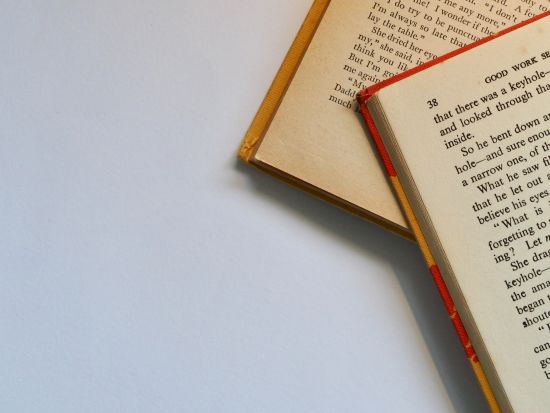
About half the emails I get are people asking if I’ve written any posts about Topic X. Gratitude. Procrastination. Depression. God. Kettlebells.
I can usually direct them to a few articles on their requested topic, because I’ve written so many, and I have a vague mental record of what they’re about and the silly titles I’ve given them.
The next most common type of email I get are people telling me that a particular post made a huge difference in their life. It was just the thing they needed to hear in that moment, and they’re so glad they found it.
Recently it occurred to me that each of these people were more likely to have missed the post in question. The only categorized index of Raptitude’s 500+ entries is my vague mental record of what I’ve written. There’s only one copy of it, and it resides in my head, which is not a very useful location for it. There must have been many more instances of readers not haphazardly finding the thing they needed to hear in that moment, even though it was just a click away.
Time to fix that. I would like this site to be a repository of skills and perspectives that help human beings navigate the strange experience of being human. And it is, but it’s about as organized as a card catalogue dumped on the library floor.
Below are 65 of Raptitude’s most helpful posts – according to me, and you — grouped by topic, with short descriptions when necessary.
Read More
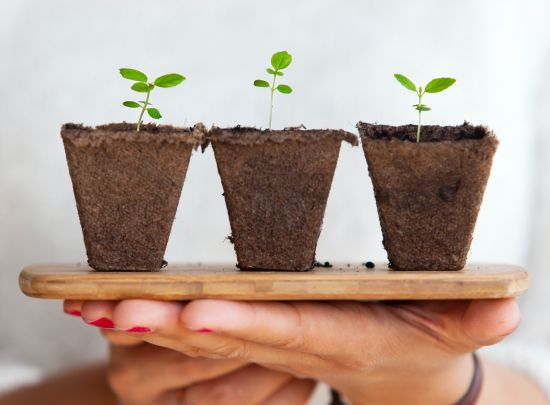
Tough economic times are no barrier to getting rich, unless you believe monetary wealth is the only kind.
Monetary wealth is the only kind of wealth that has no intrinsic value. It only gives easier access to some of the stuff that actually provides well-being: shelter, tools, social status, freedom from certain kinds of stress and toil, pleasures and conveniences, and opportunities to do what’s meaningful for you.
If piles of money are not forthcoming — or even if they are — why not go directly for the intrinsic value?
Given the hobbled state of the economy, here are three lucrative areas to invest in, requiring no monetary capital. Unlike stocks or mutual funds, they tend to perform better during times of hardship and recession, providing direct gains to well-being in both the short- and long-term.
Read More

I’ve tried many getting-to-sleep tips over the years, and one of the best involves vigorous stretching in bed.
Lying on your back, you extend your arms and legs out, squeezing your butt and pointing your toes, stretching in both directions like you’re a giant banana. This is to create muscle tension throughout the whole body.
You hold the stretch for a few seconds. When you release it, a certain feeling that is almost the opposite of tension — a feeling of relief and relaxation — floods into the body. It feels great, and seems to prime the body for rest.
Read More

In March, just after things got serious, I asked in a post how you were doing, and what life looked like from where you are.
There were over 600 comments from all over the world, each person reporting on their inner and outer environment, as it appeared then.
Time felt so slow that month. But then summer happened, and we each tumbled onward into our weird new normals, learning what we actually need to stay sane and what we don’t. Tears were shed. Souls were searched. Pizzas were ordered. Zooms were Zoomed.
Then I blinked, looked up from my desk, and discovered that seven months had passed, Flight-of-the-Navigator style. The tree outside is now caked in snow, I have a beard, and according to the math I am in my forties.
Read More
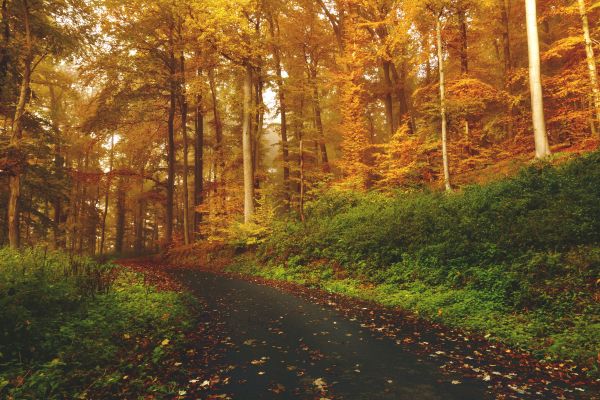
With winter approaching, I’m brainstorming ways to help myself, my friends and family, and my readers to stay sane.
Darker, shorter, colder days are already harder on our mental health, but this time they’ll be combined with the isolating effect of pandemic lockdown. So we’re looking at a new challenge level.
I’m not yet sure what my full Winter Sanity Program will entail, but it definitely involves lots of walks.
Going for a walk is an age-old salve for many ills: isolation, disappointment, drowsiness, worry, heartbreak, writer’s block, general stagnation, and boredom. The activity of walking benefits the mind and body in ways we’re still discovering, due to its all-star ingredient list of fresh air, exercise, change of scenery, contact with nature, and contemplation time.
A recent study has identified another beneficial ingredient of walking: the emotion of awe.
Read More
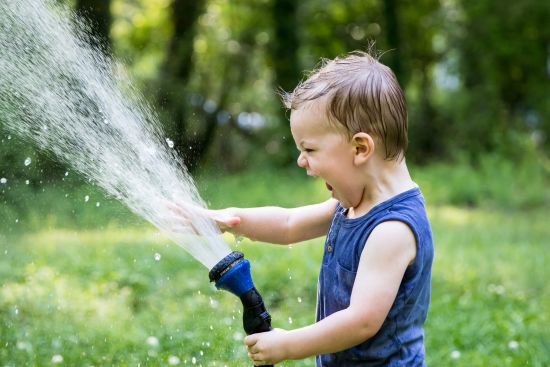
Our family had a cat named Princess, who at some point developed a fear of the front lawn. She would never quite walk across it. Instead she would creep up to its edge, wide-eyed and serious, then dart across.
My dad guessed she had once been in the wrong place when the sprinkler came on. Like most cats, Princess found it excruciating to be touched by any amount of water, unless it was her idea. A single raindrop would send her fleeing for cover, yet she would also wait at the bathroom door for you to emerge from your shower, then push past you to investigate the leftover puddles.
A cat’s non-negotiable stance towards involuntarily touching water illuminates what might be the most important difference between humans and other animals: we can overcome our own reactivity. We can learn what our impulses are, reflect on whether they’re helpful, and practice not always acting on them.
Read More
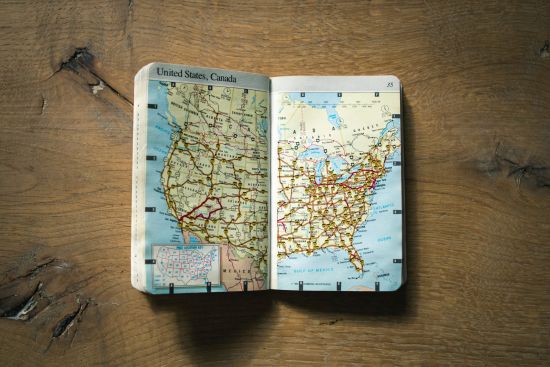
Kindergarten was only a half-day, so I spent a lot of that year at a babysitter’s house. She had two children, both older than me. One day, the son had a big white cast covered in signatures, and explained that he had broken his arm.
At the time I thought having a broken arm meant it had been broken off, like a tree branch. Casts held the arm in place while it grew back together.
I asked how much it hurt.
“A lot.”
“Did you cry?”
“Well, yeah.”
“Does it hurt now?”
“No, it’s just itchy.”
“When did it stop hurting?”
“I don’t remember.”
The sequence of events implied by his account blew my little mind. This guy fell off a jungle gym, looked around, and discovered his broken-off arm lying on the ground next to him. Then an ambulance came, and a team of doctors stuck it back on and encased it in plaster. It must have been a day of the purest pain and sadness, yet at some apparently forgettable moment, the horror went away, and now he’s joking around and it’s a normal day again.
I was then, and am still, fascinated by the way in which two incompatible experiences are still connected by time. You could be sad and despairing on a Monday morning, and be laughing that afternoon. In a matter of hours, the awfulness – real as it was – has somehow evaporated and been replaced by an entirely different experience.
Read More
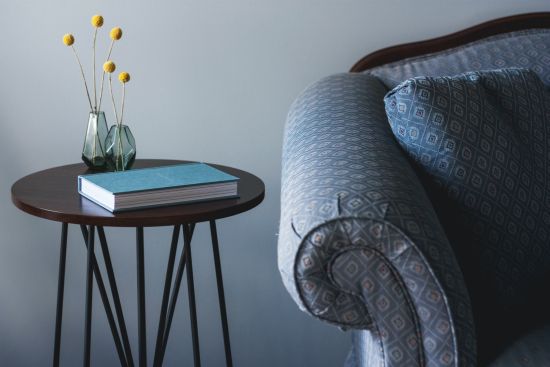
Movies frequently scared me when I was a kid. Certain moments in Gremlins, The Secret of Nimh, and even Willy Wonka and the Chocolate Factory made my insides clench with fear. It was the worst of all feelings.
Most other kids seemed completely unperturbed by these movies, which created the additional pressure, in certain birthday party or sleepover situations, of having to pretend I was totally not scared and in fact was quite enjoying myself.
While I wasn’t brave, I was clever. At some point I discovered a wonderfully effective trick for becoming invulnerable to movie scariness without looking away or covering my eyes.
I would continue to look at the screen, but slightly cross my eyes, putting the screen out of focus.
This subtle move instantly broke any movie’s spell. Threatening gremlins and sword-wielding rats became soupy blurs, accompanied by disembodied sound effects. In an instant, I could dissolve the scary tale and turn it into moving shapes and sounds, freeing myself from the story’s emotional grip.
In reality, the movies were only shapes and sounds, but now I had a way of choosing whether my emotions were tied to the events depicted by them. Whenever I wanted to, I could exit the swirling sea of emotional tumult — or jump back in.
I had no idea I was doing something I’d later learn in meditation halls: deconstructing a narrative experience into a sensory one, and moving my attention between these two levels on purpose.
Read More
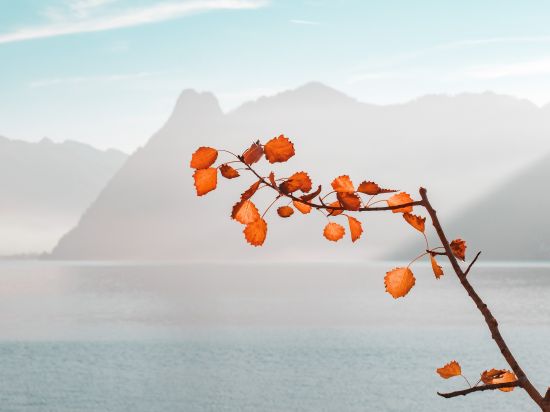
It seems as though we’ve entered the “What do I do with myself?” phase of social distancing. Over the last week or two, several billion daily routines essentially evaporated, and now each of us has to make a new one. Indoors.
The wonderful comments from last week’s post offer a glimpse into the still-forming routines of more than 500 people. A major theme is getting back to things that ground us and keep us present: reading, arts and crafts, phoning old friends, yoga, baking, and meditation.
Basically, everyone’s trying to stay healthy, sane, connected, and as helpful as they can be from home. My hope is that we’ll come out of this experience changed in exactly those ways: some degree healthier, saner, more connected and more helpful.
Not everyone has more time these days, but with everything closed, we have fewer ways to spend it. So it’s a good time to dive into home-based pursuits that make us healthier and more resilient. As one person put it, “It’s bad time for many things, but it’s a good time to read the classics, bake bread, and learn to meditate.”
Read More
Raptitude is now ad-free. One way you can support it is to take one of my courses—and learn life-changing mindfulness skills in the process.
-David
Camp Calm: 30 Days of Mindfulness
Want to learn mindfulness but don’t know where to start? In just a few minutes a day, you’ll learn skills to help you become more focused, calm, and clear-minded.
Camp Calm: Relax
Mindfulness has many applications — this course focuses on using it for relaxation. Learn a simple, portable mindfulness technique for relaxing the body and mind wherever you go.
Group Start Dates
You can register and begin any course at any time, but I also hold group start dates a few times a year. It’s fun to do the Camp alongside other Campers.
Anyone registered for a course can participate in its group start. You will receive all the details by email.
The next group start will be:
Spring 2022 — dates TBA
***
I am sleeping better and find that I’m simply enjoying what I’m doing, when I am doing it, wherever I am doing it. I’m also noticing my feelings more and the interesting effect they have on my thoughts and vice versa. It’s fascinating!
Kirsten, Toronto
***









 I'm David, and Raptitude is a blog about getting better at being human -- things we can do to improve our lives today.
I'm David, and Raptitude is a blog about getting better at being human -- things we can do to improve our lives today.
I saw someone explain the secret to their success once. It had two steps: 1) Imagine what I'd do if I wasn't lazy. 2) Do that. It sounded absurdly reductive and almost cruel at first, but I've been surprised by how often it actually works. Not all the time, but often enough to...